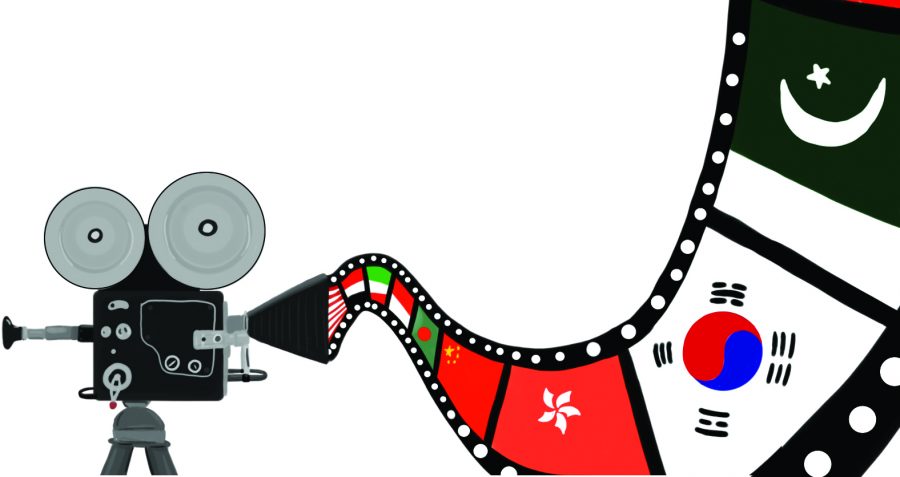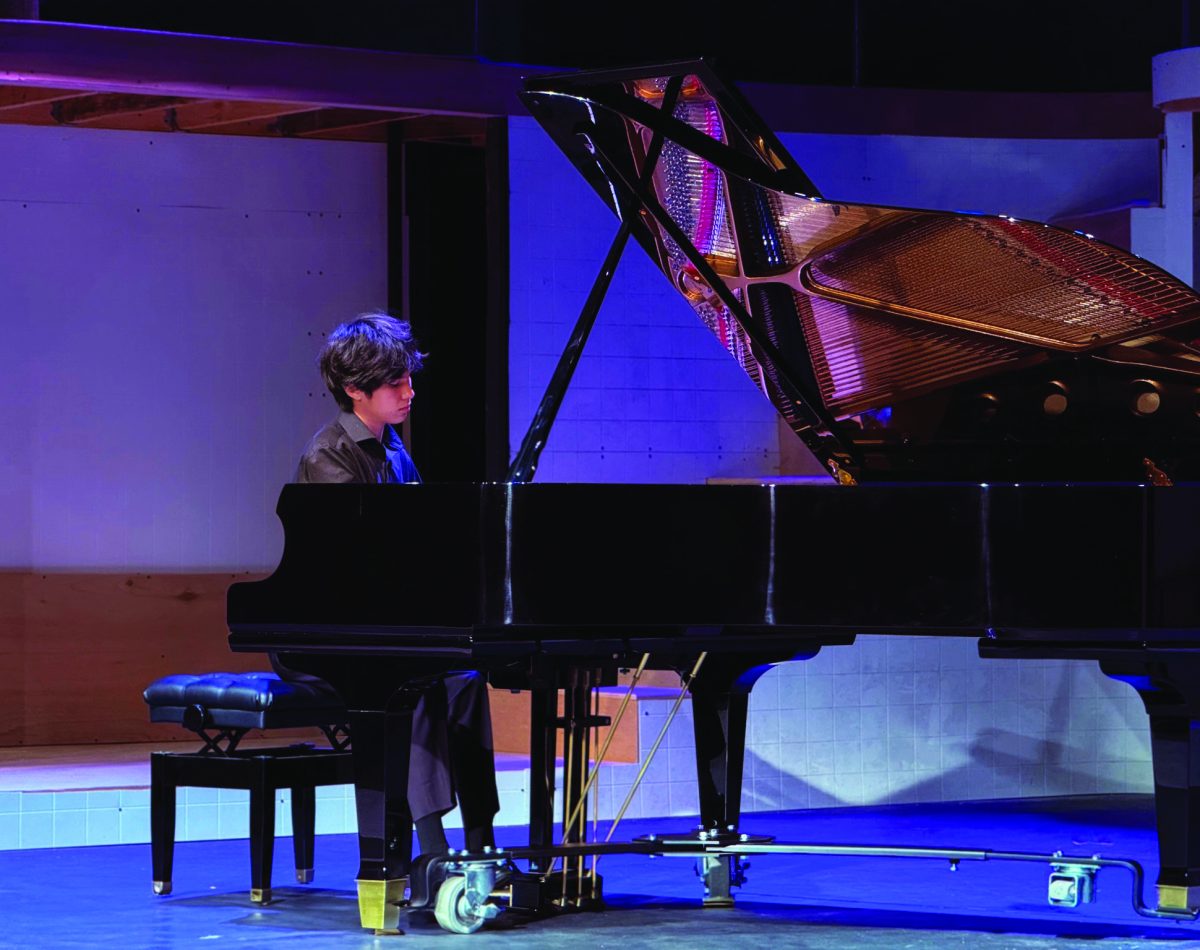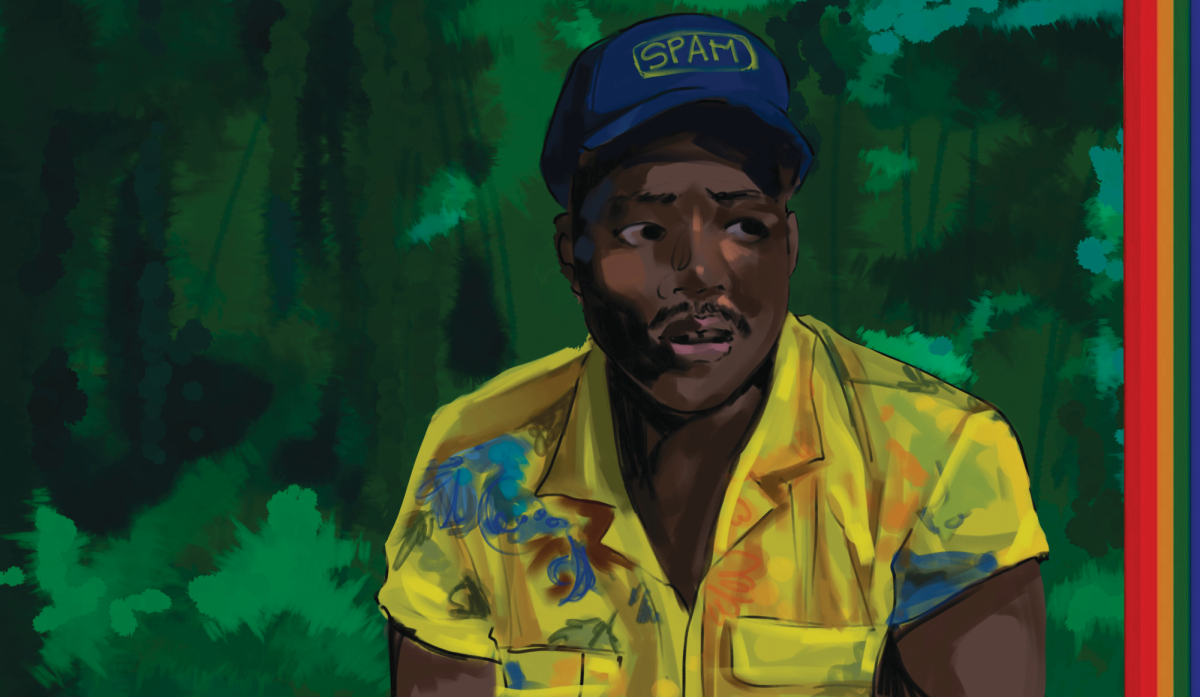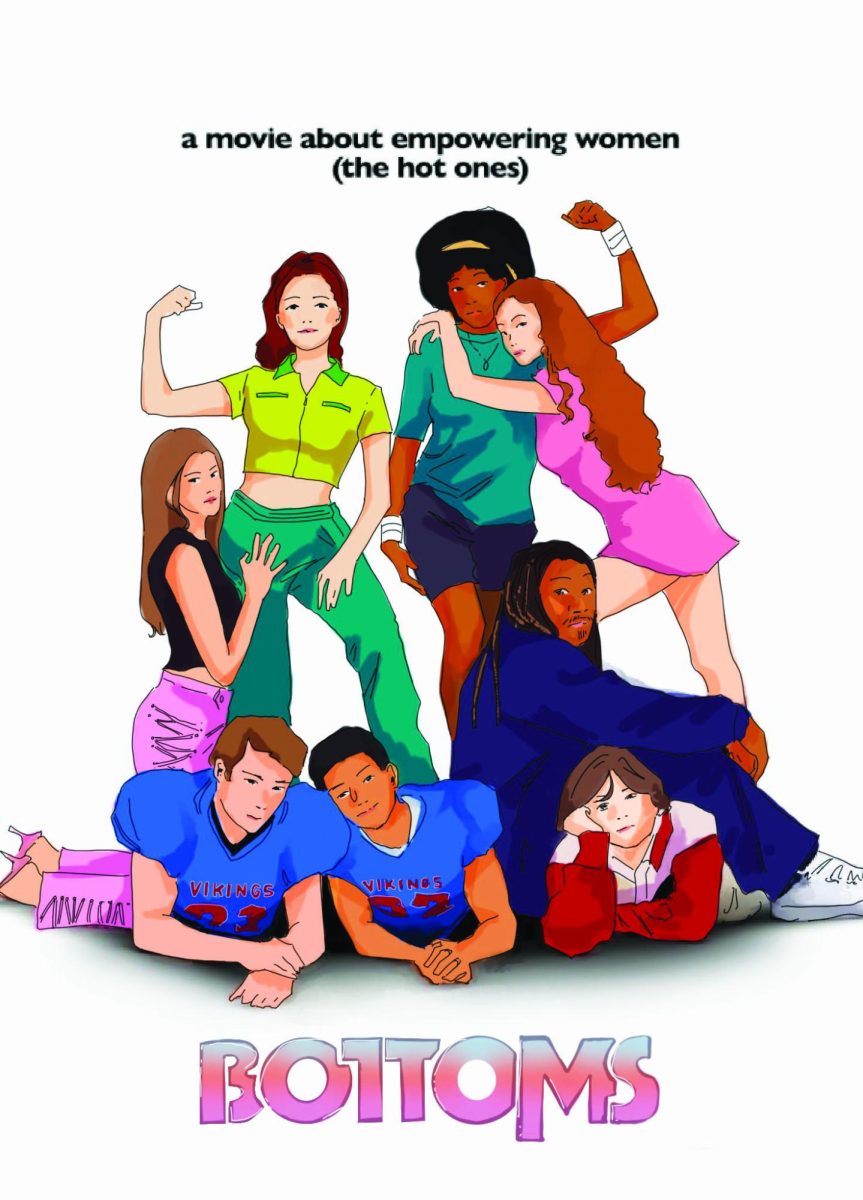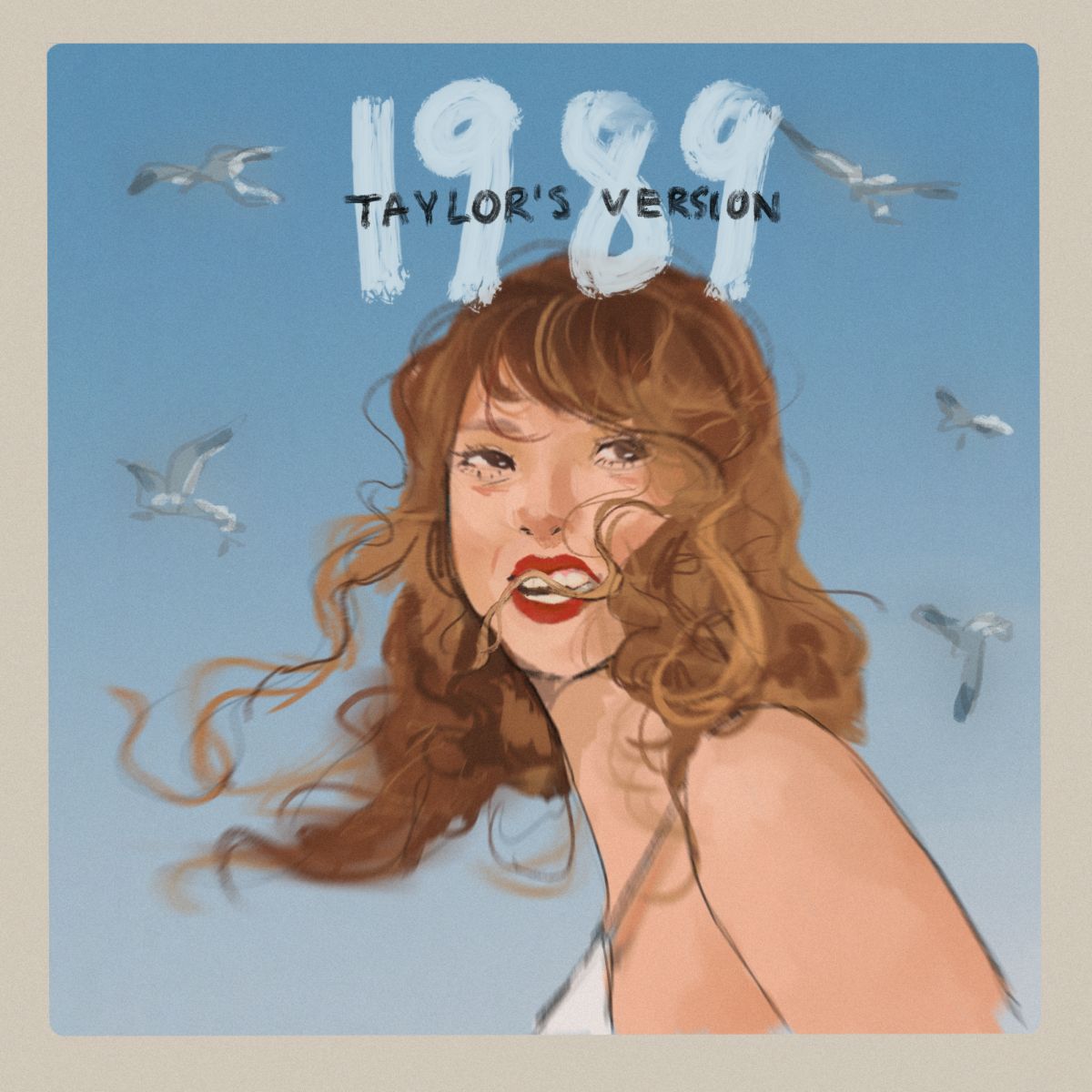Over the summer, a colorful poster splattered with blue, red and yellow, two Asian actors and a bold title grabbed the public’s attention on billboards and movie theatres alike. The movie “Crazy Rich Asians” made a box office splash early August, taking in $34 million in North American theatres during its opening week.
As the first Hollywood production in 25 years to have an all-Asian cast, the movie captured the hearts of many Asian Americans who have sought for increased visibility in the media industry.
Constituting roughly five percent of the entire U.S. population with a continuously growing number of immigrants, Asians are one of the fastest growing minority groups in America and are predicted to eventually become the nation’s largest immigrant group. However, the rising population has not equally been reflected in the world of media.
The Asian presence in the U.S. started to grow 150 years ago when the Chinese were brought to work on American railroads, marking the beginning of a long history in the nation according to the Library of Congress. However, they have barely been present in the world of mass media. It was rare to see an Asian face in high grossing movies in the early years of Hollywood, and even with the strides taken during modern times, Asian-American actors have often been dismissed in favor of Caucasian actors.
During the earlier years of Hollywood, actors of non-Asian descent often portrayed characters through the offensive practice of yellowface, such as Mickey Rooney’s portrayal of a Japanese man in “Breakfast at Tiffany’s.” More recently, roles that were meant to be Asian have been played by white actors, like the character Motoko in “Ghost in the Shell” who was portrayed by Scarlett Johansson.
Not only have Asian-American actors been excluded from many major productions, but when cast, they often play characters that are mere stereotypes. Asian-American actors have usually been cast as supporting characters, such as the nerdy Long Duk Dong in “Sixteen Candles,” or the villainous Fire Nation in the live-action remake of “The Last Airbender.”
Lucy Kim ’19, a leader of the Asian Students in Action club (ASiA), said that the representation of Asians in the media were mere skeleton images lacking deeply developed and illustrated characteristics.
“Unlike other hyphenated Americans, Asian-Americans tend to be largely disconnected as a community,” Kim said. “We are stereotyped as complacent and acquiescent because we have historically kept quiet despite blatant racism.”
Despite previous actions taken by studios in misrepresenting Asians in mass media, Kim has a positive view on the new movie “Crazy Rich Asians”.
“It’s a big leap forward to make an entire movie revolving around complicated and thoughtful Asian characters,” Kim said. “It was propelled forward by the high turnout of Asian Americans in the audience, and I think that shows a newer generation of Asian Americans eager for change. I’m hopeful that this movie will continue paving the way forward in destroying the racist barriers in both Hollywood and our society.”
While other Asia-based film and entertainment have gradually spread over to the US over the last decade, such as Korean dramas and K-Pop along with Japanese anime, “Crazy Rich Asians” and the recently released Netflix original “To All the Boys I’ve Loved Before”, both show the effort studios have made as they include more Asian-American representation in mainstream media.
“I have been more aware of Asian representation after watching some Instagram clips about diversity in the media, and recently I think I’ve been noticing an increase of movies with Asian leads,” Sapir Levy ’20 said.
However, Hollywood’s focus on East Asian faces on the screen have raised complaints within the South Asian and Middle Eastern communities as stated by BBC. Hashtags such as #BrownAsiansExist trended on Twitter after “Crazy Rich Asians” started to make headlines of various media sites. Additionally, others voiced their opinions on how the efforts taken by the media tackling the idea diversity wasn’t being dug deep enough.
“I don’t think that [South Asian and Middle Eastern actors] are actively excluded from movies and shows, but certain plots are unique to one region that don’t apply to other cultures,” Levy said.
These films, especially “Crazy Rich Asians,” are examples of an ongoing trend in Hollywood as they begin to produce films with more diversity, such as the beginning-of-the-year hit, “Black Panther.”
“[These movies prove] that the old viewpoint on how diverse casts would be unpopular with the viewers is wrong, and the new demographic of viewers are interested and enjoy these new films,” Allen Blackwell ‘21 said. “I am very excited about the future of the film industry and seeing future films with the same diversity.”


























